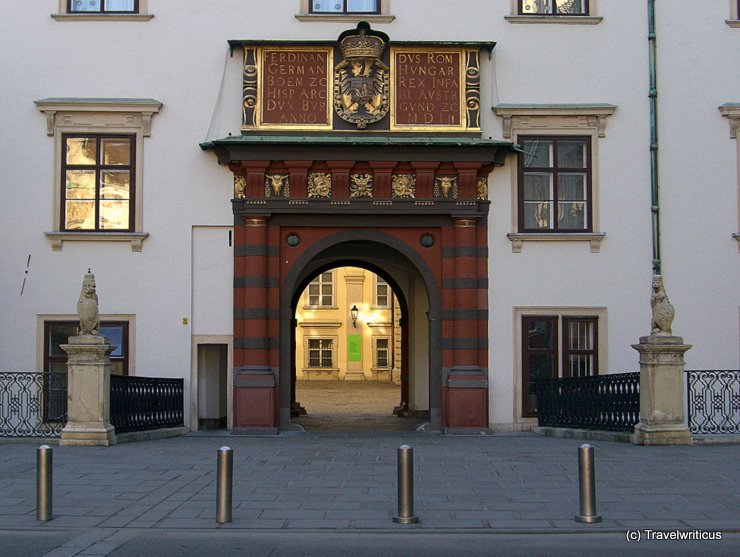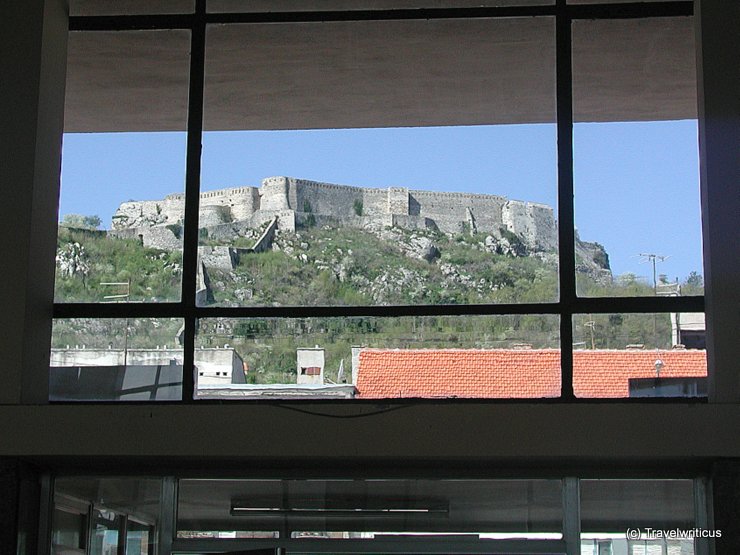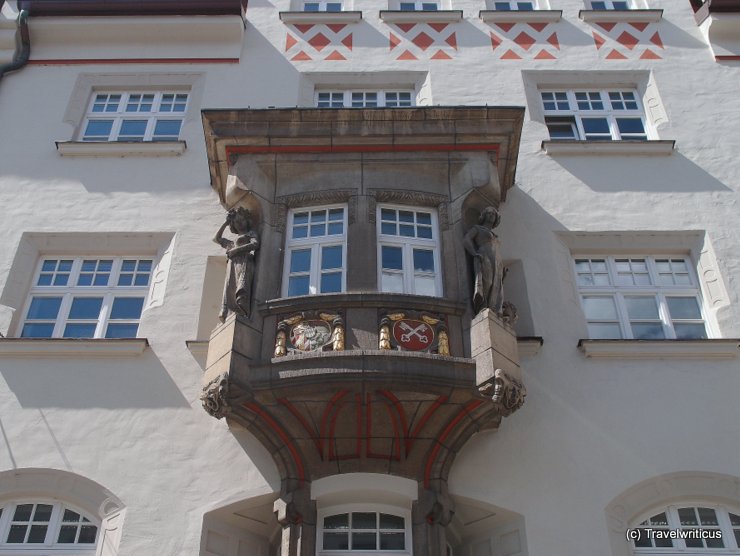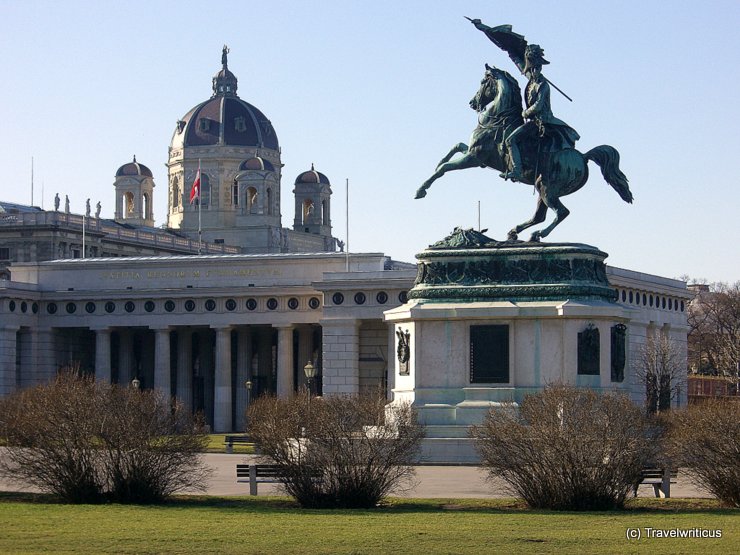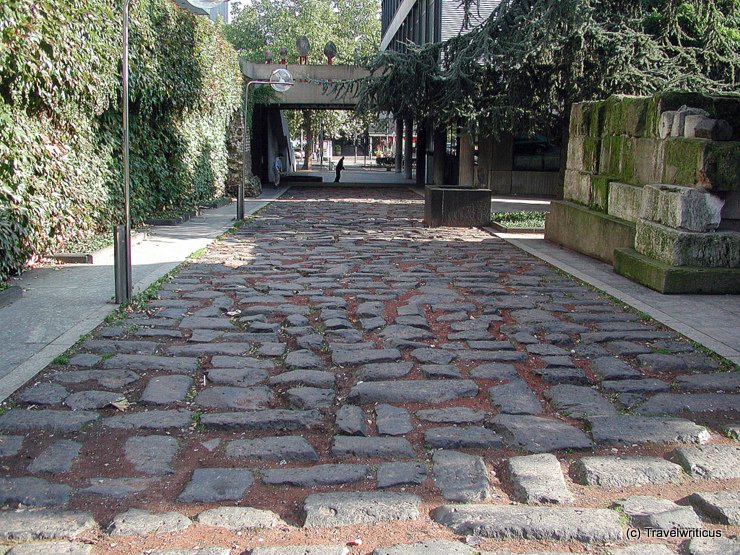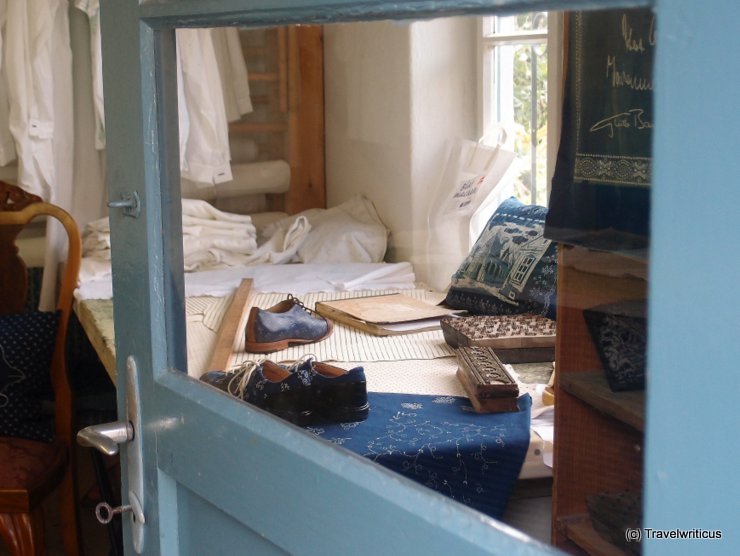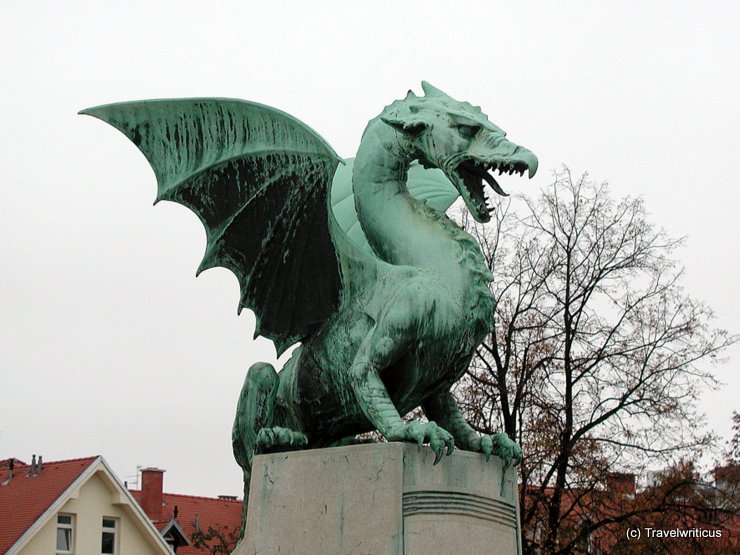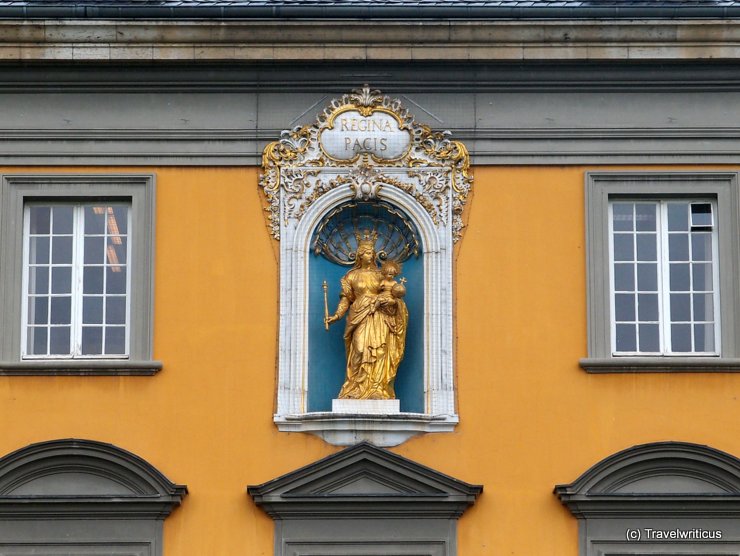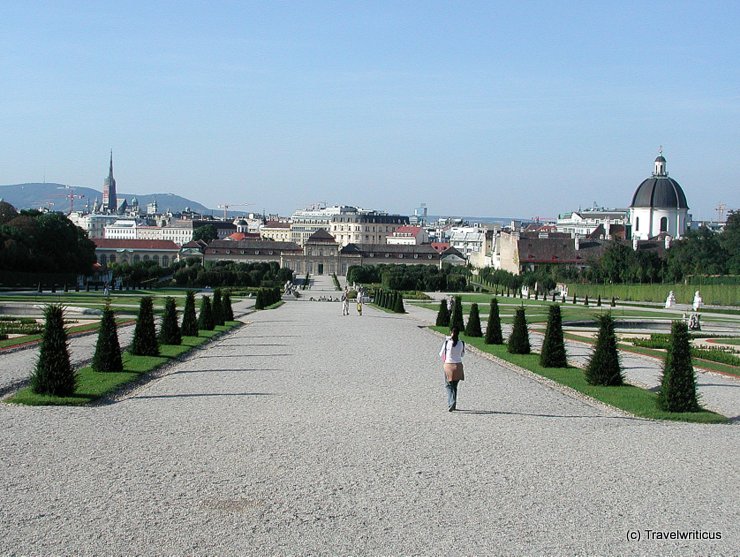
The Gate of Holy Mother (Brána Matky Boží) is the only one preserved from five medieval town portals in Jihlava. Its remarkable Renaissance crest was an add-on from 1564. Inside the gate, you’ll find an exhibition about the history of the Jihlava Fortress.

